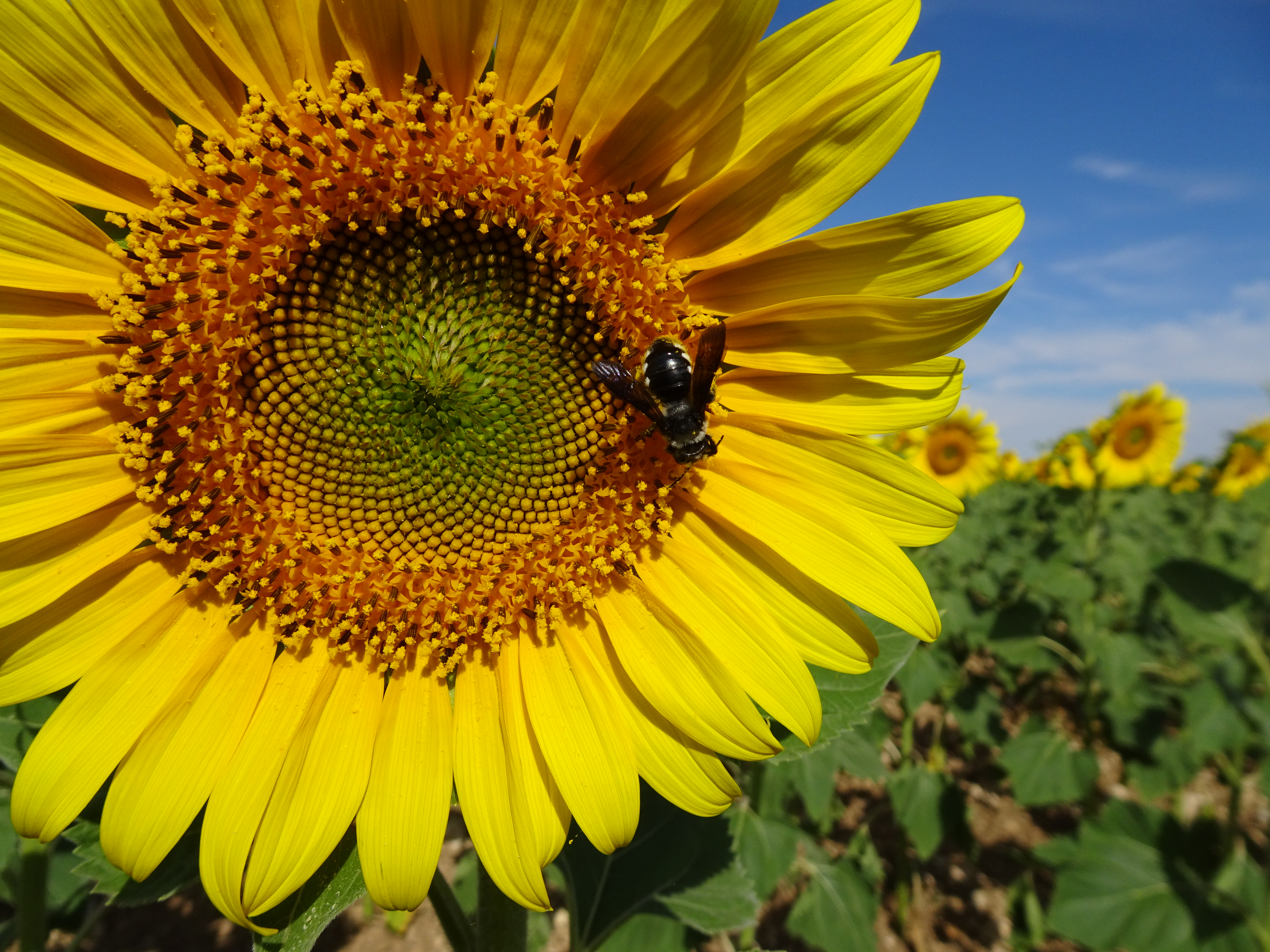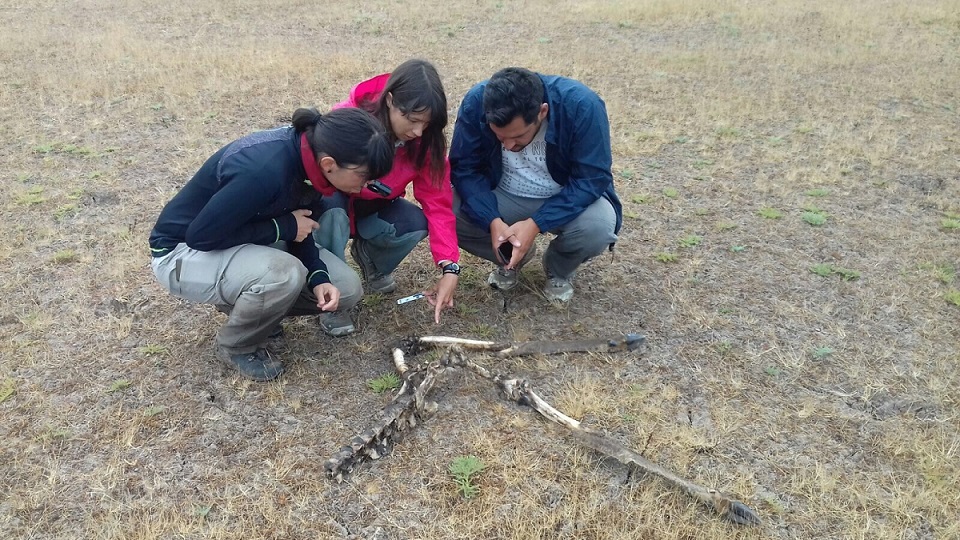An international scientific team made up of more than 100 scientists and coordinated by two Spanish researchers from the Doñana Biological Station - CSIC, Ignasi Bartomeus and Alfonso Allen-Perkins, has created CropPol, the first open, dynamic and global database on crop pollination. It is known that 75% of the world's food crops depend to some extent on pollinators. Although several recent studies show that wild pollinators are generally important for agricultural production, these papers only analyzed a few crops or regions. This database, with information on 48 pollinator-dependent commercial crops distributed across 3,000 sites on five continents and 32 countries over three decades, will allow us to understand how the importance of pollinators changes, depending on the crop and the region. It will also make it possible to identify those crops and regions for which there is little data, thus stimulating the collection of information to bridge these knowledge gaps.
"This database provides researchers with unique opportunities to explore global patterns and trends, and work on solutions for sustainable management and valuing of biodiversity" explains Silvia Castro, a researcher working at the University of Coimbra (Portugal). Crop pollination is one of the many benefits humans obtain from nature directly, in addition to climate regulation or water purification, among others. However, land use change along with other human-induced causes, like climate change, is accelerating the extinction of many animal species that may end up undermining this beneficial relationship. Understanding how crop pollination works is crucial to finding more sustainable solutions.
In recent years, we made great progress in understanding the effects of pollinators on crop yield, but our ability to predict visitation rates and yield is still limited, due to the large variation observed between crops, years, and regions. CropPol was created to compile crop pollination data from published studies across the World and help predict pollination services. In addition, to facilitate the exchange of knowledge, the database is open accessible online on the website www.beeproject.science/croppollination. Any person or entity -scientific or not-, from NGOs to public administrations, can access the information and use it to look for global patterns, understand the pollination of a crop of local importance or answer other questions that have not yet been asked. Also, in addition to being open accessible, the database is alive, that is, in continuous growth. Scientist and institutions that want to contribute new pollination datasets can add them easily to the database, due to its modern design.
This database has been built within the OBServ project, funded through the 2017-2018 Belmont Forum and BiodivERsA joint call. It is a key piece for this project, which aims to design an open model library to predict the pollinator abundance and the pollination service at a given site. These data will be used to fit those models. "We conceived the idea of creating this database in 2018, but its construction began at the end of 2019. It took us almost two years to collect and clean the information of the more than 200 studies received," says Ignasi Bartomeus, coordinator of OBServ and researcher at the Doñana Biological Station - CSIC. To publicize the database, the team has worked on a scientific article, published in the journal Ecology. Being a global effort, the article is co-authored by more than 100 people linked to more than 100 institutions.
The data collected in CropPol will be used to predict the expected pollination level of different crops around the world. "Measuring pollinators is time-intensive and can only be done for a small number of crop fields. If we can use easy-to-measure variables such as the amount of natural habitat or precipitation to predict pollination levels, it will be a breakthrough", explains Alfonso Allen-Perkins, lead author and a former researcher at the Doñana Biological Station-CSIC.
Reference:
Alfonso Allen-Perkins et al. CropPol: a dynamic, open and global database on crop pollination. Ecology. https://doi.org/10.1002/ecy.3614
https://doi.org/10.1002/ecy.3614



